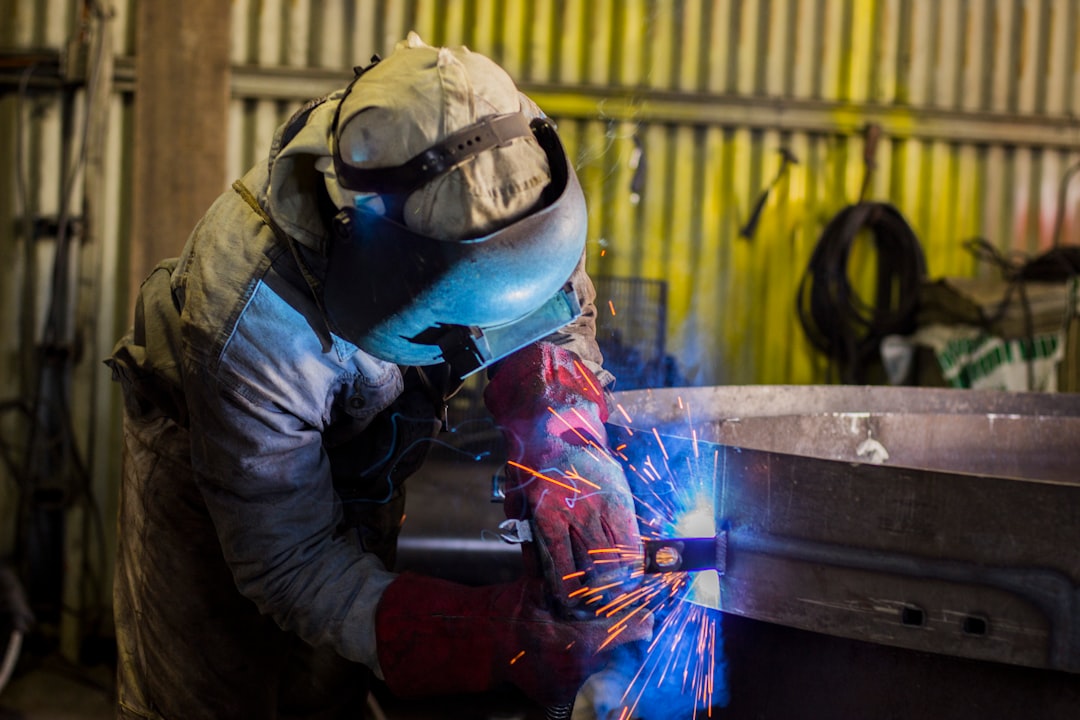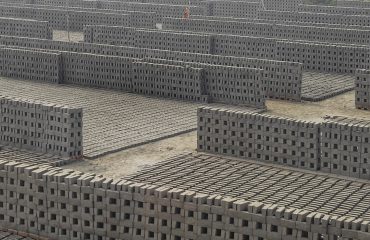In a world increasingly focused on sustainability and reducing waste, the design of long-lasting products is paramount. Steel, with its inherent strength and durability, offers a fantastic foundation for creating products designed to withstand the test of time. However, simply using steel isn’t enough; careful consideration of material selection, manufacturing processes, and design principles is crucial to achieving truly extended product lifespans.
1. Strategic Material Selection: Choosing the Right Steel Grade
The journey to a long-lasting steel product begins with selecting the appropriate steel grade. Different steel grades possess varying properties, including tensile strength, yield strength, corrosion resistance, and weldability. For instance, high-strength low-alloy (HSLA) steels offer excellent strength-to-weight ratios, making them ideal for applications requiring both durability and lightweight design. Stainless steels, known for their exceptional corrosion resistance, are perfect for outdoor applications or environments with high humidity. Understanding the specific demands of the product’s intended use – exposure to harsh weather, load-bearing capacity, and required aesthetics – is crucial for selecting the optimal steel grade.
Furthermore, the consideration of lifecycle costs should be factored in. While a more expensive steel grade might seem initially costly, its superior longevity can translate to significant savings in the long run by reducing the need for frequent replacements and repairs. Life cycle assessment (LCA) methodologies can be employed to quantify these long-term cost benefits.
2. Optimized Manufacturing Processes for Enhanced Durability
The manufacturing process significantly influences the final product’s durability. Precise fabrication techniques are essential to minimize defects and ensure structural integrity. Advanced manufacturing methods like laser cutting, robotic welding, and automated quality control systems contribute to greater precision and consistency, reducing the likelihood of premature failure. These technologies not only improve the quality of the finished product but also enhance efficiency and reduce waste during production.
Proper surface treatments are also crucial. Techniques such as hot-dip galvanizing, powder coating, and painting provide critical protection against corrosion, extending the lifespan of the steel product, particularly in challenging environments. The choice of surface treatment depends on factors like the intended application, the level of corrosion protection required, and the aesthetic preferences of the end user.
3. Design for Durability: Engineering Longevity into the Product
Designing for longevity requires a shift in perspective. It’s not just about making something strong; it’s about designing for ease of maintenance, repairability, and adaptability. This involves incorporating features like modular design, which allows for easy component replacement, and using readily available standard parts to simplify repairs. Finite Element Analysis (FEA) simulations can be used to predict the product’s behavior under various loading conditions, identifying potential weak points and allowing for design optimization before manufacturing.
Furthermore, considering the product’s entire lifecycle, from design and manufacturing to end-of-life management, is crucial. Design for disassembly (DfD) principles enable efficient recycling and reuse of materials, reducing the environmental impact and contributing to a circular economy.
4. Corrosion Protection: Shielding Steel from the Elements
Corrosion is a major factor limiting the lifespan of steel products. To mitigate this, a multi-layered approach is often necessary. This includes selecting corrosion-resistant steel grades, applying appropriate surface treatments, and designing the product to minimize water accumulation and stagnation. Proper drainage design, use of sealing compounds, and strategic placement of protective coatings are critical in preventing corrosion-related failures.
Regular inspection and maintenance are also vital in extending the life of steel products. Early detection and timely repair of minor corrosion damage can prevent the escalation of more extensive and costly problems. Developing clear maintenance guidelines and providing accessible repair parts are essential elements in a long-term sustainability strategy.
5. Sustainable Practices: Minimizing Environmental Impact
Designing for long life is inherently linked to sustainability. By creating products that last longer, we reduce the need for frequent replacements, thus minimizing resource consumption, energy use, and waste generation. Using recycled steel in the manufacturing process further contributes to sustainability goals. Embracing circular economy principles, such as design for disassembly and material reuse, significantly reduces the environmental footprint of the product throughout its entire lifecycle.
Transparency and traceability are also becoming increasingly important. Consumers are becoming more aware of the environmental and social impacts of the products they buy. Providing information about the steel’s source, manufacturing process, and end-of-life options enhances product credibility and builds trust with environmentally conscious consumers.
In conclusion, designing long-life steel products requires a holistic approach that encompasses material selection, manufacturing processes, design principles, corrosion protection, and sustainable practices. By carefully considering these interconnected aspects, manufacturers can create durable, reliable, and environmentally responsible steel products that stand the test of time.
Tags: long-life steel, sustainable steel design, steel product design, corrosion resistant steel, durable steel products




